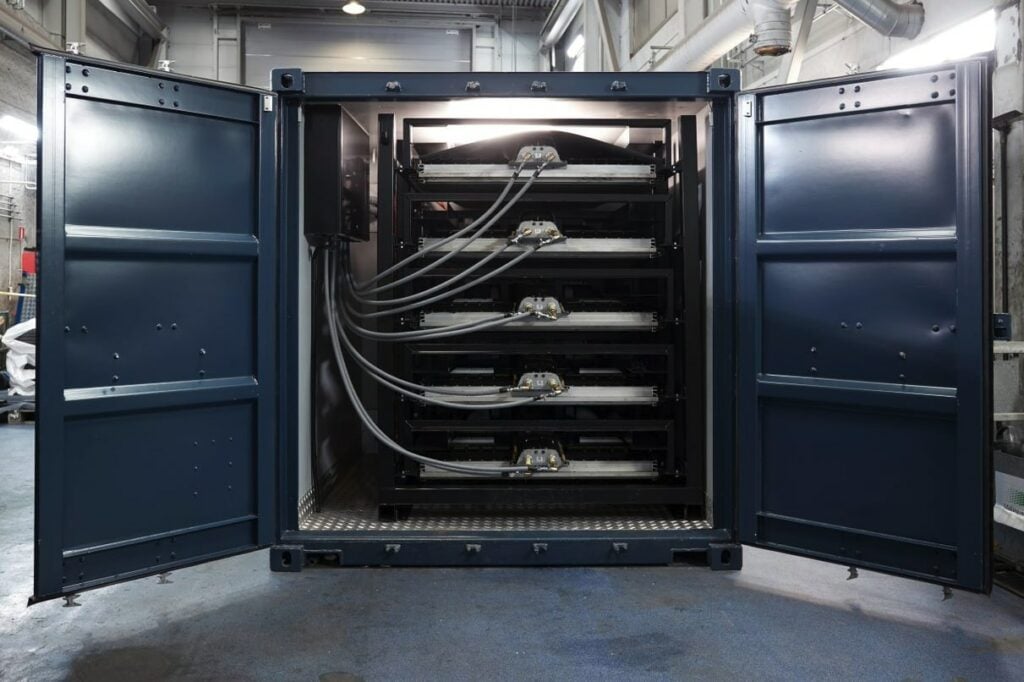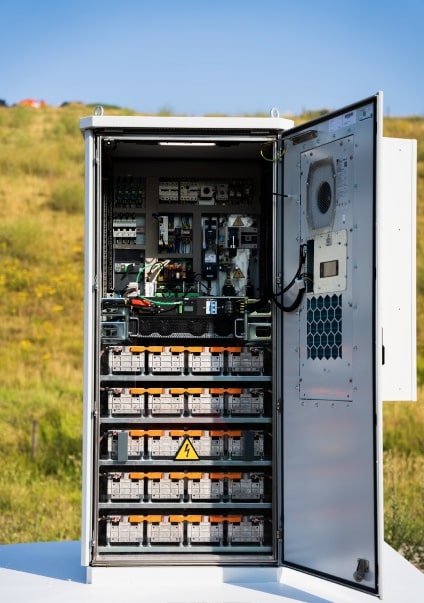
The boom in electric vehicles is set to see hundreds of GWh of used EV batteries hit the market over the 2030s, which can then be given a ‘second life’ in stationary energy storage. Cameron Murray interviews four companies trying to get in early ahead of the boom.
This is an extract of an article which appears in Vol.33 of PV Tech Power, Solar Media’s quarterly technical journal for the downstream solar industry. Every edition includes ‘Storage & Smart Power,’ a dedicated section contributed by the team at Energy-Storage.news.
Enjoy 12 months of exclusive analysis
- Regular insight and analysis of the industry’s biggest developments
- In-depth interviews with the industry’s leading figures
- Annual digital subscription to the PV Tech Power journal
- Discounts on Solar Media’s portfolio of events, in-person and virtual
The shortage of lithium-ion battery cells continues to hamper the stationary energy storage system (ESS) industry, and the mismatch in supply and demand does not look like going away anytime soon. That means the value proposition of repurposing used electric vehicle (EV) batteries into ESS units is as clear as day.
In the article we interview four companies doing this; BatteryLoop (Sweden), Octave (Belgium), Evyon (Norway) and Moment Energy (Canada), while touching on others that have previously spoken to PV
Tech Power.
Supply of second life battery modules
Most battery modules which are in today’s operational second life ESS units are relatively unused. These
include battery modules from test vehicles, manufacturing process breakage which means the battery is not suitable for an EV but fine for ESS, and cases of oversupply.
But the portion of systems which are made up of actual second life modules is growing. In the case of newer batteries, second life ESS companies can offer similar 10-year warranties to regular ESS ones. For used batteries bespoke warranty or service agreements may need to be formulated, although sophisticated monitoring and control algorithms can mean similar warranties to first life are possible.
Customers and use cases
With the size of the systems that these companies offer generally in the few hundreds of kWh, their main deployments to-date have been in the commercial and industrial (C&I) segment. All four mention a focus on deploying systems to optimise PV and EV charging as well as the obvious behind-the-meter C&I use cases like peak shaving. But all four companies are also moving into the grid-connected or grid-scale market in different ways.
Drivers of demand for second life energy storage
For second life ESS solutions specifically, sustainability is a big one. Evyon’s Ralph Groen says that it
is becoming more and more of a driver for C&I customers and project proposals are now scored on their supply chain circularity, from 1-10.
BatteryLoop CEO Rasmus Bergström similarly says that second life battery systems help real estate owners get more points in assessments for Leadership Energy and Environmental Design (LEED), a certification for how environmentally friendly a building is, which can then open up green financing opportunities.
The costs of second life ESS solutions are also more-or-less at parity with first life ones. “The same for NMC batteries, a bit higher when it comes to LFP,” adds Bergström.
Money raised and deployment targets
Moment Energy has a project pipeline of over 20MWh projects but, like BatteryLoop, could deploy 100MWh based on its battery volumes if it had enough manufacturing capacity, CEO Edward Chiang says. It has raised US$9 million in seed funding and an additional US$7-15 million in funding is on its way by the end of the year.

Evyon has raised over €10 million to-date and has secured access to 40MWh of battery modules for delivery to customers during 2023, Groen says. Octave for its part is targeting 7MWh of deployments over the next 12 months.
Bergström wouldn’t disclose BatteryLoop’s near-term deployment targets, only saying that the order book is 10 times larger than a year ago. The company is part of big recycling firm Stena.
All to play for as huge opportunity looms
The second life market looks set to boom in the coming years as EV uptake grows. But it is still taking shape so it will be fascinating to see what roles OEMs, battery recycling firms and system integrators carve out for themselves in the space.
Energy-Storage.news’ publisher Solar Media will host the eighth annual Energy Storage Summit EU in London, 22-23 February 2023. This year it is moving to a larger venue, bringing together Europe’s leading investors, policymakers, developers, utilities, energy buyers and service providers all in one place. Visit the official site for more info.
A few weeks later comes the 5th Energy Storage Summit USA, 28-29 March 2023 in Austin, Texas, also put on by Solar Media. Featuring a packed programme of panels, presentations and fireside chats from industry leaders focusing on accelerating the market for energy storage across the country. For more information, go to the website.

